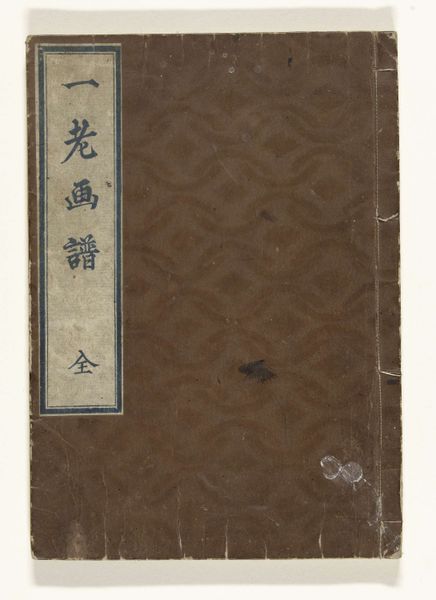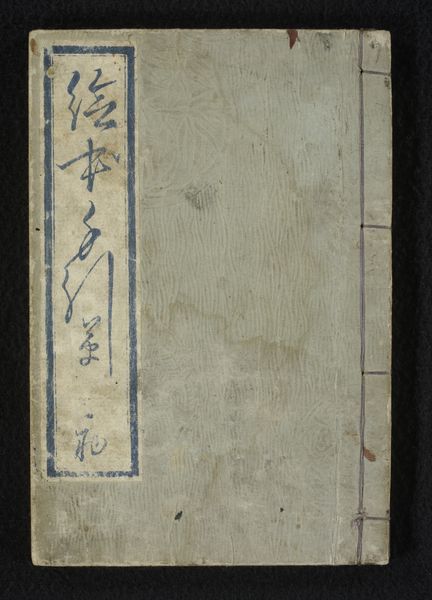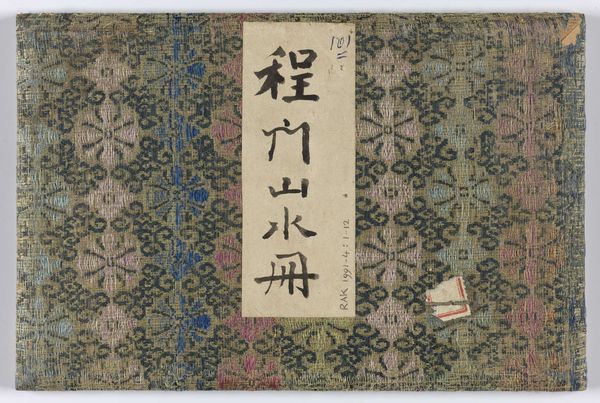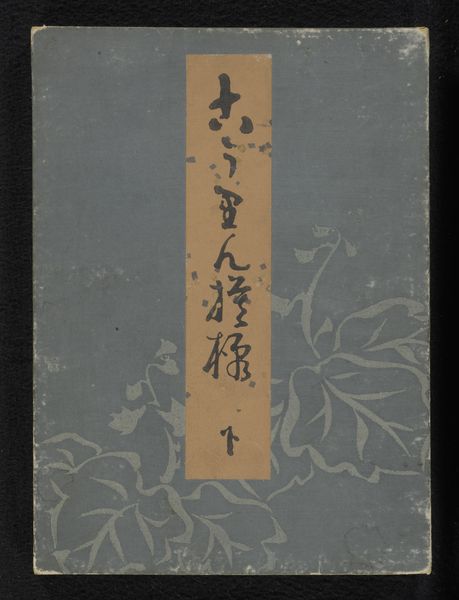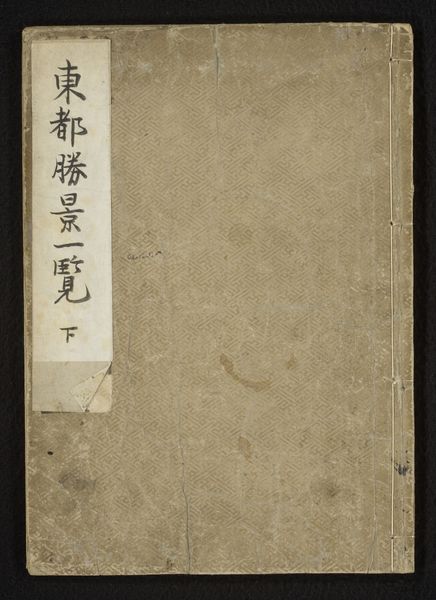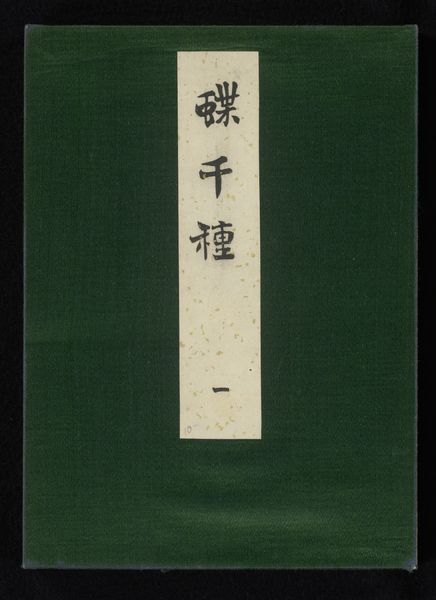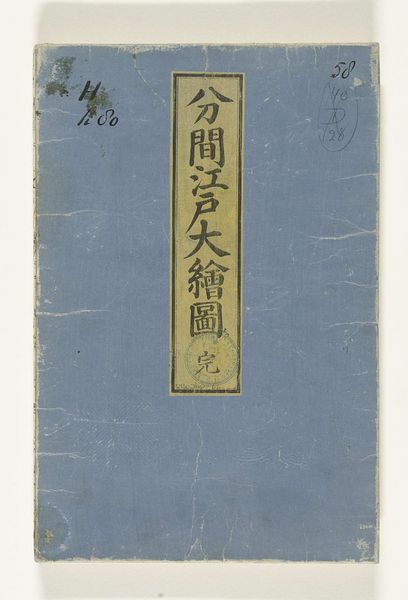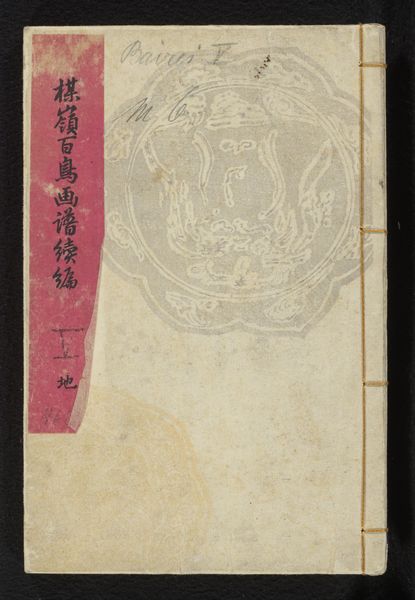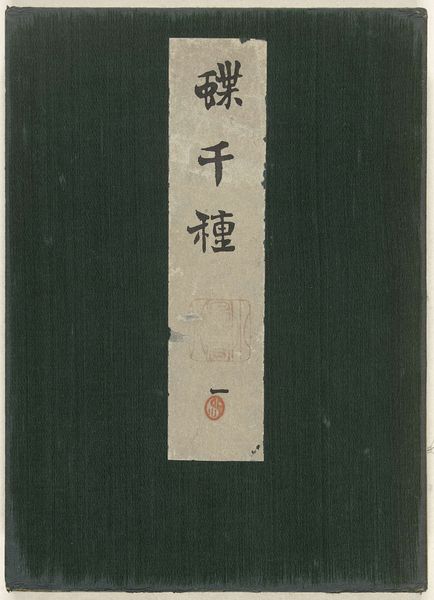
textile, paper
#
natural stone pattern
#
aged paper
#
toned paper
#
pasteup
#
asian-art
#
textile
#
paper texture
#
paper
#
paste-up
#
tile art
#
map art
#
cardboard
#
layered pattern
Dimensions: height 261 mm, width 180 mm
Copyright: Rijks Museum: Open Domain
Editor: This is the "Japanese Explanation of the Lotus Sutra" from 1719, a textile on paper. I am immediately struck by the aged look and the intricate textile work used as the background. It almost feels like a stage curtain! What story does this tell from your perspective? Curator: Considering its socio-cultural context, this piece serves as a powerful artifact. The Lotus Sutra, central to many forms of Buddhism, gained widespread popularity during this period. What's interesting is not just the scripture itself but its presentation. How does the use of luxurious textiles and paper influence the viewer's perception of religious doctrine? Editor: So, it is kind of an indication of social or financial class, with access to beautifully printed and bound versions, as opposed to simpler ones? Curator: Precisely. The material choices elevate the text, suggesting a certain level of patronage and social status associated with its creation and consumption. The artistry involved signifies the importance the patrons placed on spreading this interpretation of the Sutra. Who was its target audience? Was this intended for personal use, or public dissemination? These are essential questions. Editor: The idea of presentation shaping our understanding is so compelling. Looking at art this way highlights its active role in society. Curator: Indeed. It prompts us to consider art beyond its aesthetic value. Think about the book itself; it becomes a tool of cultural influence. Examining this helps us see how imagery and material culture contribute to shaping societal values and belief systems in 18th-century Japan. Editor: That’s a really great way to view this; thank you! Curator: My pleasure. Analyzing art through this lens provides critical insights into how societies function. I will ponder on the role that art played in giving power to the religious interpretation.
Comments
No comments
Be the first to comment and join the conversation on the ultimate creative platform.

